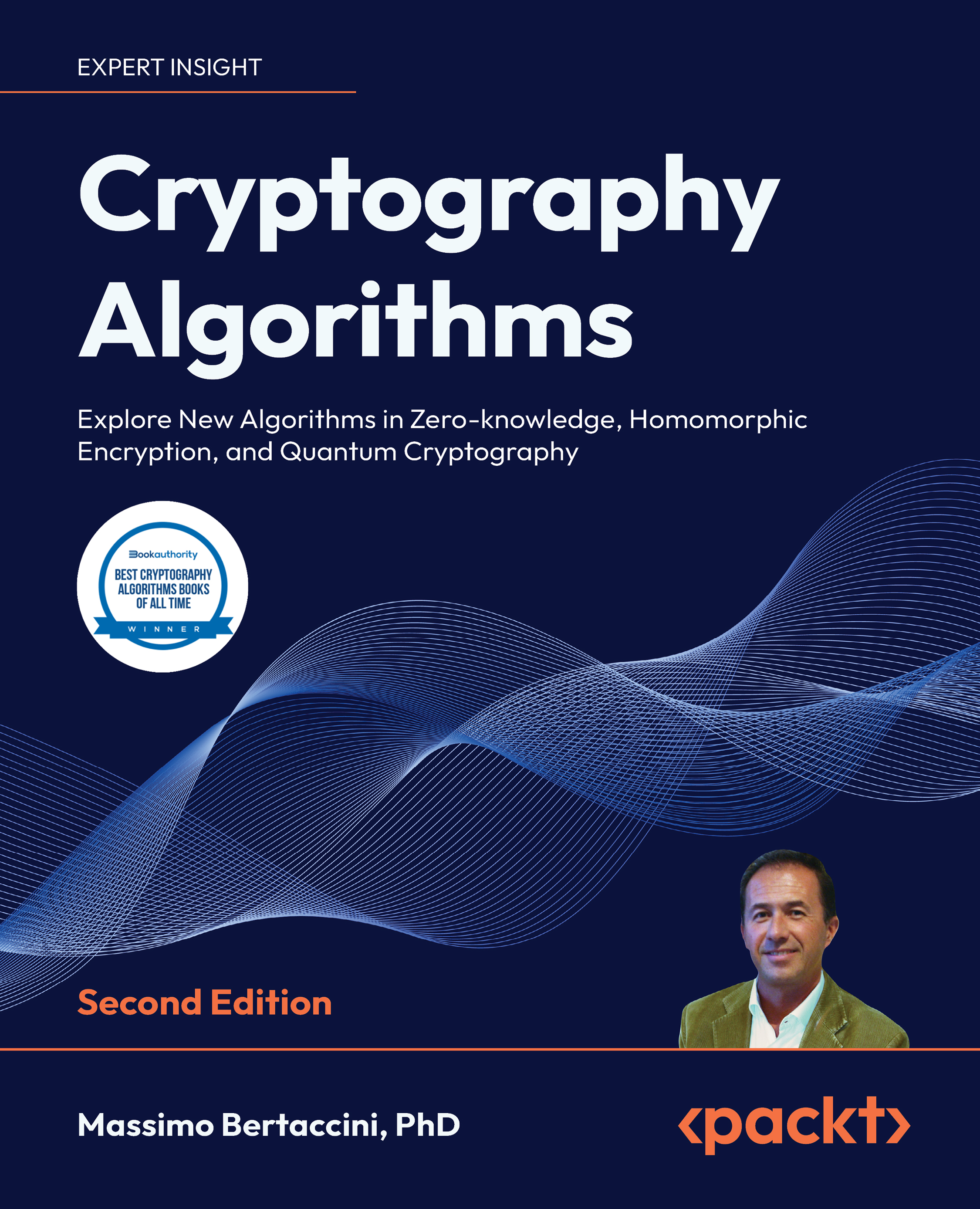Introduction to CSE: homomorphism
The genesis of CSE dates back to 2014 when I was struggling for several months with a new method of factorization. You can understand that the factorization problem and search in blind are strictly related to each other. Both these problems, factorization and searching among big data, have similar complexity.
Moreover, both these problems have their domain inside P=NP, meaning some problems are easy to solve (P) while others are very hard to solve (NP), even if they are supposed to have a very high or infinite level of computation.
Most scientists and data science engineers are convinced that P≠NP or all NP problems are intrinsically complex and cannot be solved with a polynomial algorithm. I don’t think so; I am more interested in finding solutions to complicated problems as opposed to saying that solutions don’t exist. I am also convinced that there are different ways to obtain a solution. For example, Fermat’...
































































